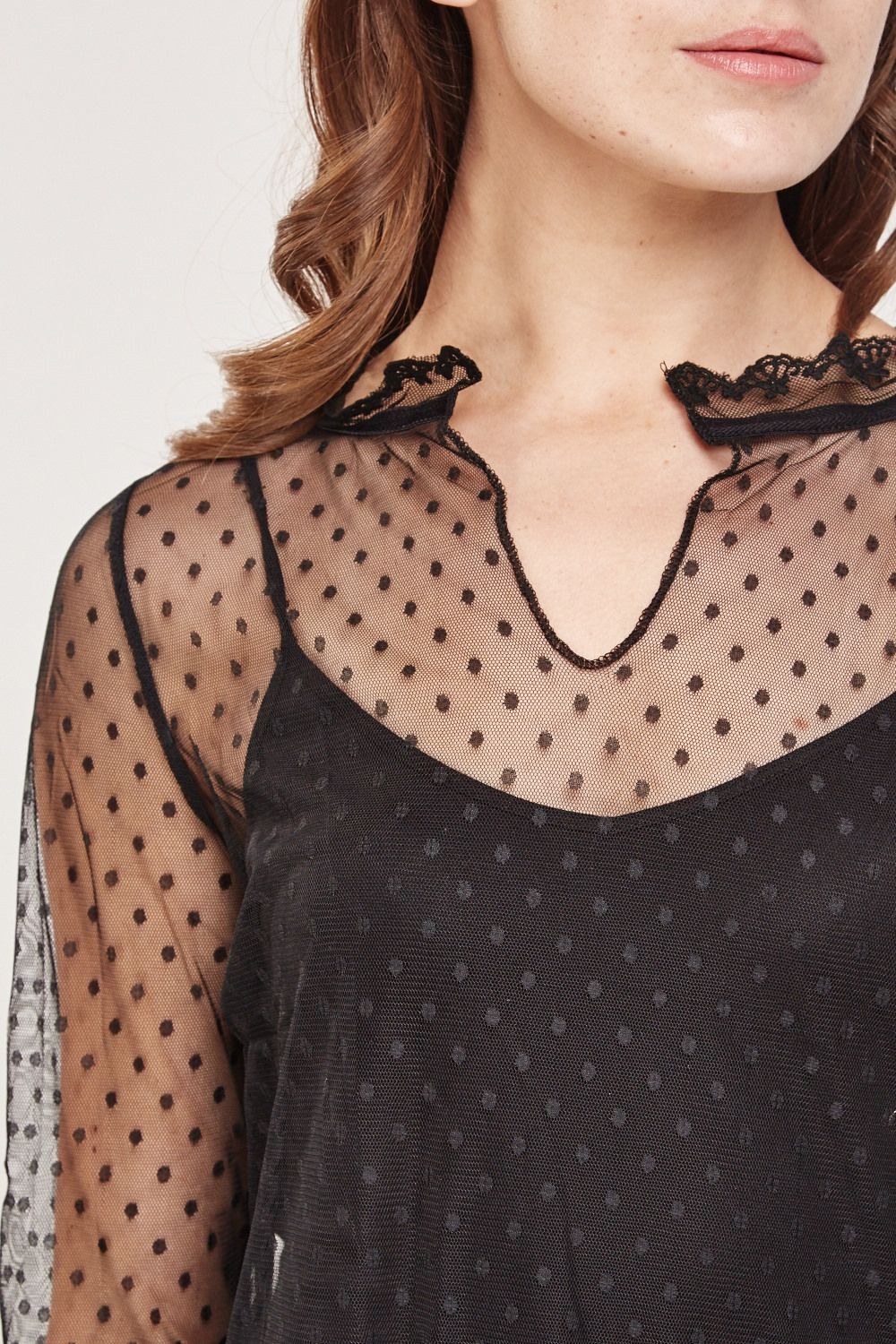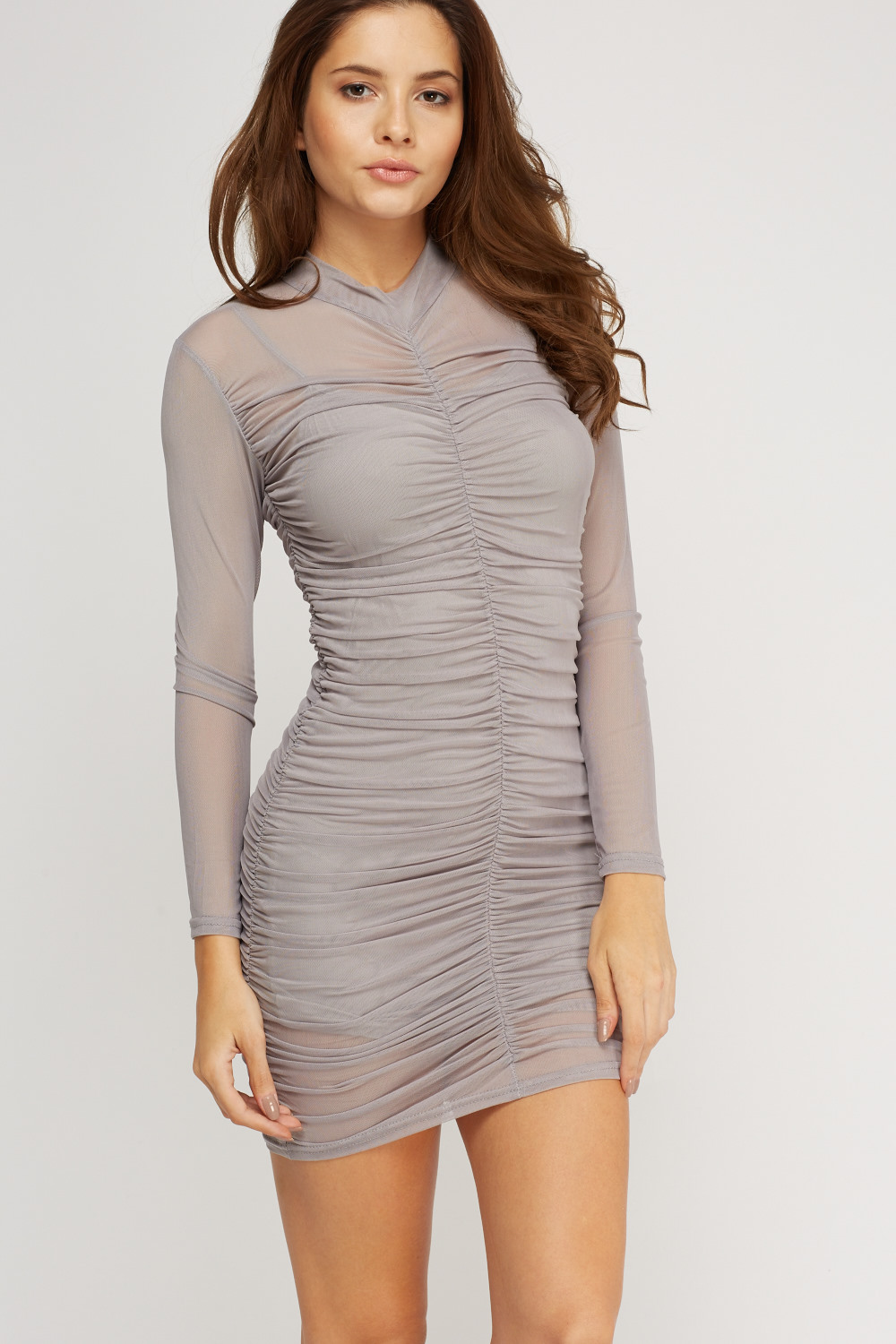

Together, these can be used to generate an overset mesh. The central circular grid is the on-body grid, while the coarser grid is the background grid. This image shows two pairs of overlapping unstructured grids around an airfoil. Together, these grids are combined to form an overset mesh for the system. The image below shows an overset mesh example with an airfoil and a coarse background grid, and the grid types are overlapping around the outside of the airfoil. To best understand an overset mesh, it helps to look at an example. Together, these two types of grids and the resulting mesh can capture varying levels of detail within the simulation system and ensure high accuracy in the simulation results. This grid is normally a structured linear grid.

This grid would exist without any other objects that have significant structural complexity or high curvature, and this grid defines flow characteristics in all other regions away from the on-body grid.

Off-body grid: This grid is also called the background grid. This grid could be structured or unstructured, with higher node density near curved surfaces to capture higher flow gradients. On-body grid: This grid is applied around the exterior of the more complex object and is used to capture the shape of the object as accurately as possible. An overset mesh is generated using two types of overlapping grids: Together, the grids form a mesh that plays a similar role as adaptive meshing high node density is applied in regions with high curvature (and thus high gradient), while low node density is applied everywhere else.Īn overset mesh is normally applied to describe flows with a complex shape embedded in a background with a very simple structure. An overset mesh is constructed from multiple grids in a complex system and it may resemble a typical hybrid mesh.

What Is an Overset Mesh?Īll meshes are used to approximate flow paths between points in a standard 2D or 3D grid in a CFD simulation system. In this article, we’ll look more at overset mesh styles and how an overset mesh is created for a CFD simulation. This meshing style can also be used in plane cut cross-sections along the body of a complex system so that a more complex mesh can be targeted to specific regions with greater curvature and complexity. Fortunately, you can get the best of both worlds when you use an overset mesh to define shapes and surfaces used in your CFD simulation.Īn overset mesh provides a few important advantages in certain geometries that are found in many real systems. When looking at images of meshes, it sometimes seems like you only have the freedom to choose between structured or unstructured meshes throughout the entire system to find the best balance of computation time and accuracy. Selecting a mesh style and grid style that conforms to the entirety of your system in a CFD simulation involves tradeoffs. An overset mesh combines two different meshing forms in a CFD simulation.Įach mesh type is applied in different regions of the simulation such that the meshes overlap.Īn overset mesh is finished by enforcing continuity across the transition region between each mesh in the system.


 0 kommentar(er)
0 kommentar(er)
